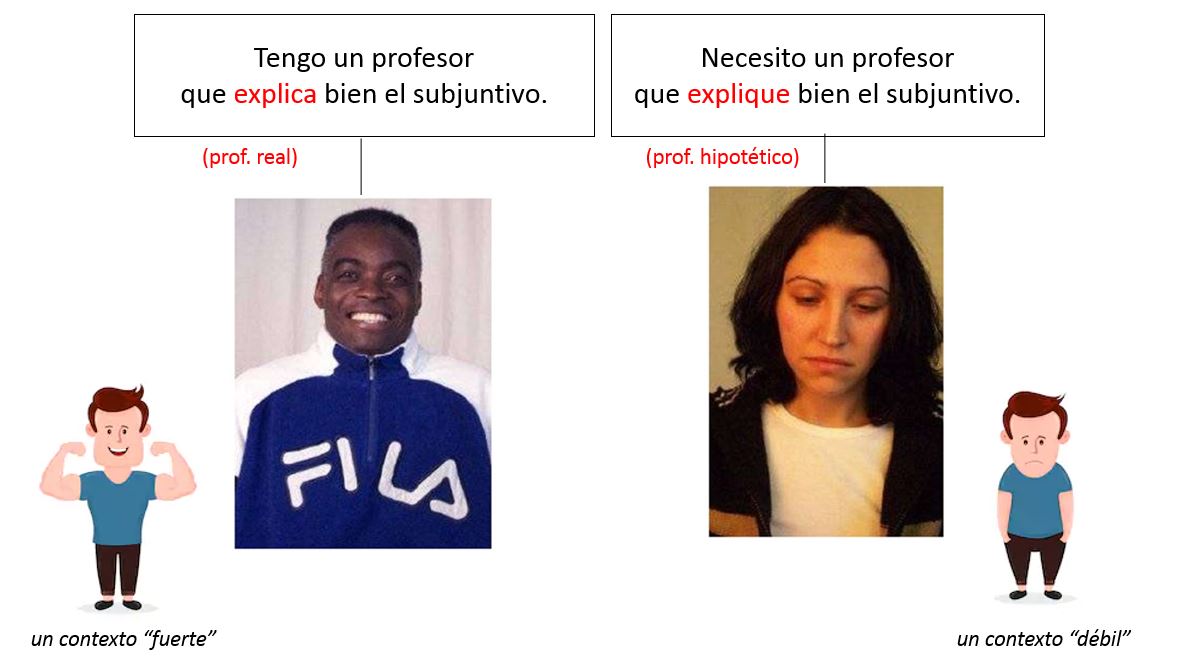I was happy to receive an email today from my primary care physician’s practice — in English and Spanish! — letting me know that they expect to be administering COVID-19 vaccines. I’m too young and healthy to qualify right now, and the vaccines are in short supply. Nevertheless it was good to hear that when circumstances change I should be able to get my shots locally.
My satisfaction in receiving the email was diminished, though, by the poor quality of its Spanish. I’ve copied the relevant parts below, with errors highlighted and corrected afterward. Just to give you an idea of the scale of these problems, the email substituted ano ‘anus’ for año ‘year.’ This is a notorious elementary mistake!

Estimado/a Paciente,
En ColumbiaDoctors, Weill Cornell Medicine, y NewYork-Presbyterian, estamos vacunando pacientes del COVID-19, que tienen 65 anos o mas y que viven or trabajan en el estado de Nueva York. El estado de Nueva York recientemente a mandado que la vacuna del COVID-19 este disponible para personas elegible de esta edad.
El estado de Nueva York también anunció que los pacientes inmunosuprimidos son elegibles, pero estamos esperando obtener mas informacion sobre quién califica en este grupo.
Aquellos pacientes que son elegibles, pueden programar una cita para vacunas a través del Connect portal de paciente a medida de que las citas estén disponibles. No llame al hospital ni a la clinica de su médico para programar una cita para la vacuna.
- Paciente: should be paciente (lower-case)
- The “Oxford comma” (between Medicine and y) is not used in Spanish.
- pacientes: missing personal a beforehand (vacunando a pacientes)
- The comma after COVID-19 is incorrect in either English or Spanish because it introduces a restrictive clause.
- anos: should be años (see illustration), i.e. ‘years,’ not ‘anuses.’
- mas: should be más (with accent). This error occurs twice. Mas (without an accent) means ‘but,’ not ‘more.’
- or: should be o
- a mandado: should be ha mandado
- este: should be esté (with accent). Este (without an accent) means ‘this,’ not ‘be.’
- eligible: should be plural (eligibles), to agree with personas
- informacion: missing accent mark (información)
- califica: not 100% sure, but I expect this should be califique (subjunctive) since they don’t yet know who qualifies
- another useless comma between eligibles and pueden
- Connect portal de paciente: wrong word order. Should be portal de paciente Connect, although I can’t cite a rule here (gut reaction).
- clinica: should be clínica (with accent)
It boggles my mind that in twenty-first century New York these three large medical groups (ColumbiaDoctors, Weill Cornell Medicine, and NewYork-Presbyterian) can’t find an educated Spanish speaker to proofread their emails. The many accent mark errors, and the confusion of ha and a, suggest that they relied instead on a “heritage” speaker who lacked formal training in written Spanish.
I would be happy to volunteer my own time if contacted.




